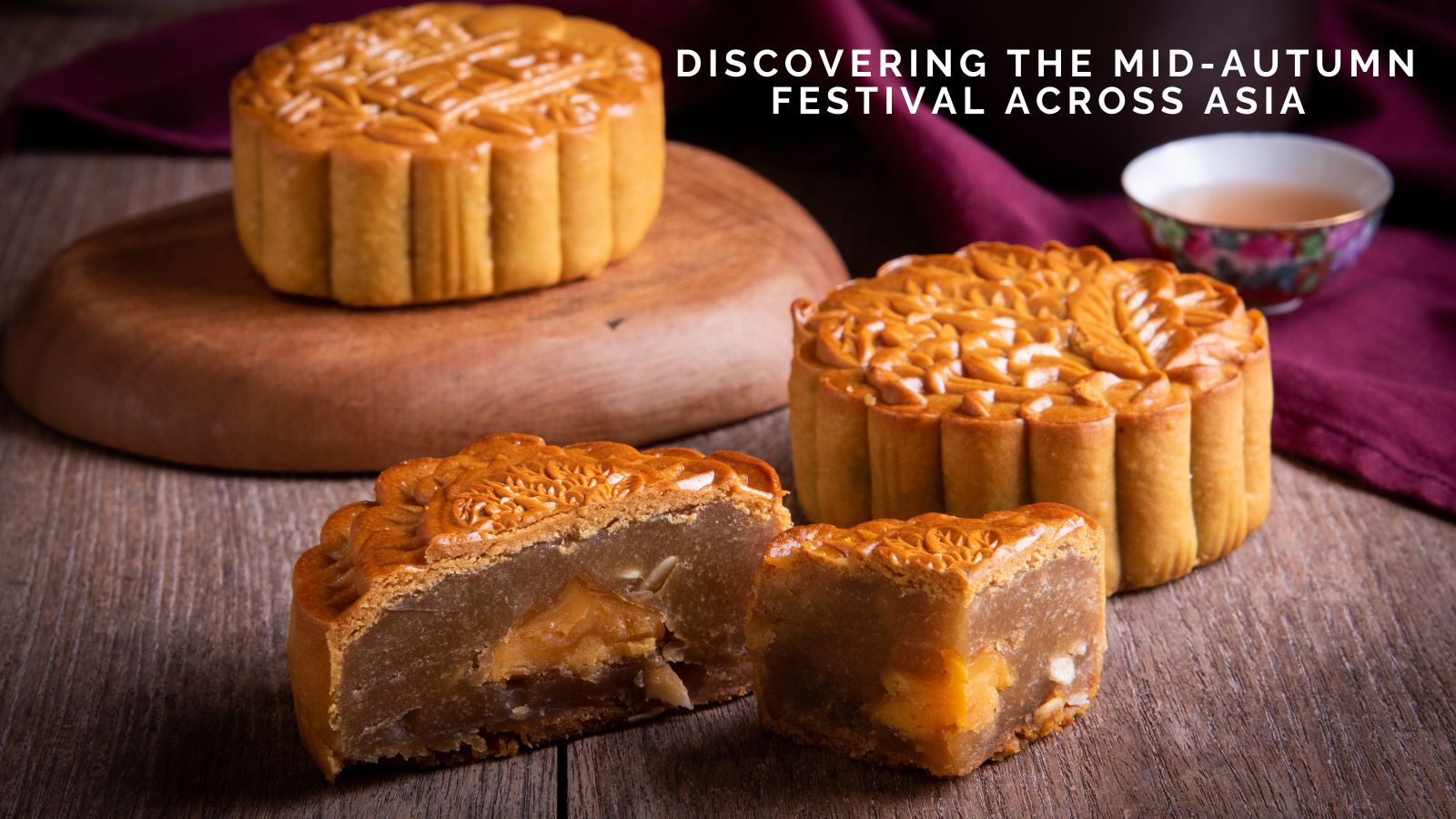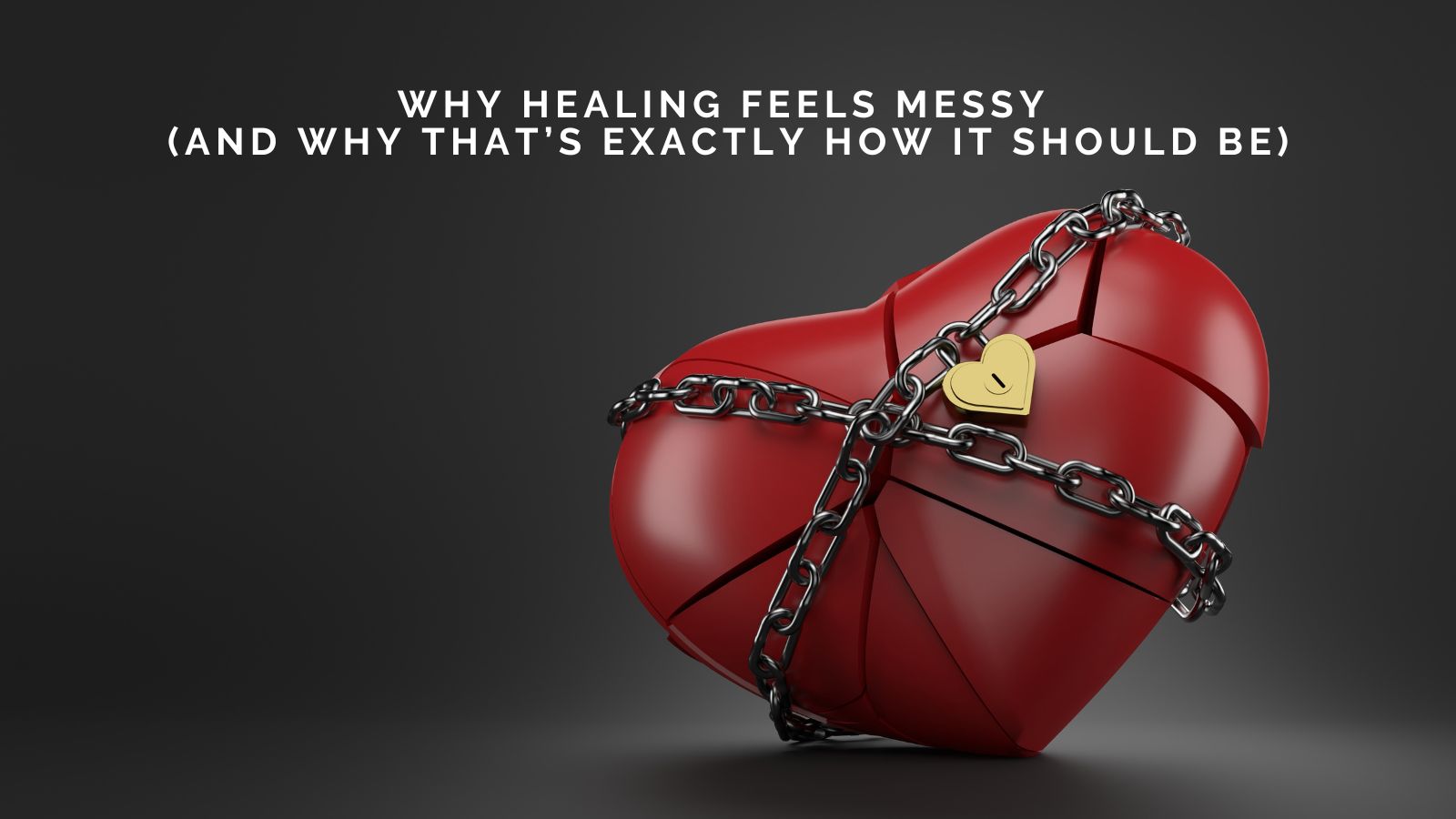-2.jpg)
Many moons ago, I began my career in the kitchen as a Pastry Chef/Confectioner, and it was only later in life that I branched out into other areas. So, I’d like to think I have a fairly decent all-round knowledge of most things (not everything, mind you — I’m always learning).
Today, we’re going back to basics and talking pastry, of which there are countless types. However, whilst paste is pastry, not all pastry is pastry. Got that? I went through the list and started scratching things off: Danish pastry is technically a bread dough (it contains yeast), some are simply known under different names, and it’ll be a cold day in hell before someone convinces me that a biscuit or cookie is officially a pastry.
That left me with just eight (though a couple are really variations on a theme). These can be split into two categories: Basic/Traditional and Steamed.
Basic Paste
For reasons never initially explained to me — or perhaps I wasn’t listening — pastry is often referred to in the trade as “paste”. Eventually, I discovered it comes from the direct French translation. Yes, it really is that dull.
Short Paste
This is the one everyone knows because it’s so easy: two parts flour to one part fat (plus a pinch of salt). It contains little to no liquid (hence the name, short), and that’s it. We use it for savoury pies and the like, but it can be made shorter still by raising the fat content to 3:2 or even 1:1. Flour is always listed first, and I’ll explain why later.
You may need a touch of water to bring it together — perhaps a tablespoon if working with a 2:1 ratio — but certainly no more. Uncooked short paste will keep in the fridge for a couple of days if wrapped well, though when you bring it back to room temperature it might need a splash of water to make it malleable, especially if you’re reusing off-cuts (since extra flour is absorbed during rolling).
The fat doesn’t have to be butter, either. Margarine, plant-based spreads, or lard work too, though half-butter, half-lard tends to give the best results.
Sweet Paste
This one can be simple but is often more fiddly, with a few extra ingredients. Let’s begin with the fancy French version, pâte sucrée.
Here, butter and sugar are beaten until pale, then eggs are added, followed by flour. Or are they? Some methods add the eggs after the flour, with a little milk or cream; others beat the eggs and sugar first. Each approach produces slightly different results. The French do love their variations.
For a more standard sweet paste, rub the butter into the flour, add icing sugar, then an egg yolk. This essentially creates a richer, sweeter version of shortcrust paste.
Hot Water Paste
This one scoffs at other pastries for being weaklings. Hot Water Paste will march into battle and return unscathed.
Here’s the difference: lard is melted into hot water, then poured into flour, creating a sturdy dough. It’s famously used for pork pies, whose rich pork fat stays obediently trapped inside the pastry.
Steamed Pastes
Now on to the other camp — those that rely on steam for their rise.
Choux Paste
This was always a favourite of mine to make, and despite what many think, it’s dead simple.
Butter and water are melted in a pan, flour is stirred in to form a dough, then beaten eggs are added gradually. The paste is piped into shape and baked for about 25 minutes. Sugar can be added, though it’s unnecessary as the finished product is usually filled and topped with sweet things. Think profiteroles, éclairs, churros, and some doughnuts. I used to make swans with this paste — perhaps I should again.
Puff Paste
Ah, puff pastry — the bane of my existence. Tedious beyond reason and utterly unnecessary, since you can buy excellent ready-made versions (and you should, lest you lose your sanity).
It’s made by folding cold, hard butter between layers of dough again and again to create hundreds of flaky layers that puff up from trapped steam. The result is glorious — buttery, crisp, and versatile. Mille-feuille, anyone?
Rough Puff Paste
Remember my “don’t make puff pastry” rule? Rough puff is the rebellious cousin who gets away with cutting corners. Instead of endless folding, butter (or shortening) is mixed in more loosely, often grated into the flour, leaving clumps throughout.
Confectionery purists may sneer, but it saves you hours and looks great on savoury pies. Also called flaky pastry.
Filo Paste
Here’s one for strudel lovers. Filo is flour mixed with water (sometimes vinegar), rolled and stretched until paper-thin. Each sheet is brushed with butter and layered, often used in Greek desserts drenched in honey, nuts, and liquor.
It’s painstaking to make, so unless you’re atoning for past sins, buy it ready-made.
Suet Paste
Finally, the true steamed pastry. Unlike the others, this one literally cooks in a water bath.
It dates back to the 1300s in England, though it didn’t appear in print until 1617. Suet is the fat around a cow’s kidneys, with a high melting point and deep flavour. It works equally well in sweet and savoury dishes. The ratio is 2:1 flour to suet, with water equal to the suet. Vegetarian versions exist but lack the distinctive richness of the original.
I mentioned earlier that flour is always listed first. That’s because recipes are traditionally written in percentages of the flour’s weight. This makes scaling easier.
For example, short paste:
Flour = 100%
Fat = 50%
Salt = 0.5%
If your recipe calls for 200g flour and you want to scale by a third, you simply recalculate flour (266g), then apply the percentages: 50% of 266, 25% of 266, and so on.
This system was standard in my early confectionery training, often used alongside or instead of metric weights.
One of the finest showcases of pastry skill is the Gâteau Saint-Honoré, a spectacular French dessert featuring multiple pastes (and pastries), crème chiboust, spun sugar, sponge soaked in liquor, Chantilly cream, ganache, and more. I used to make them constantly — perhaps it’s time to try again.
Should I? Hmm…
_(26).jpg)










